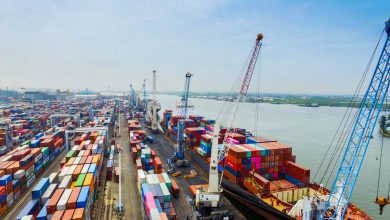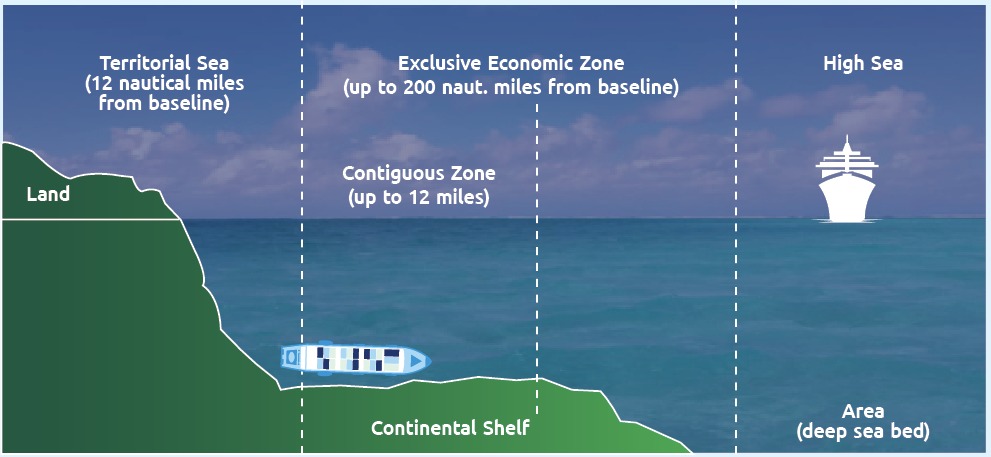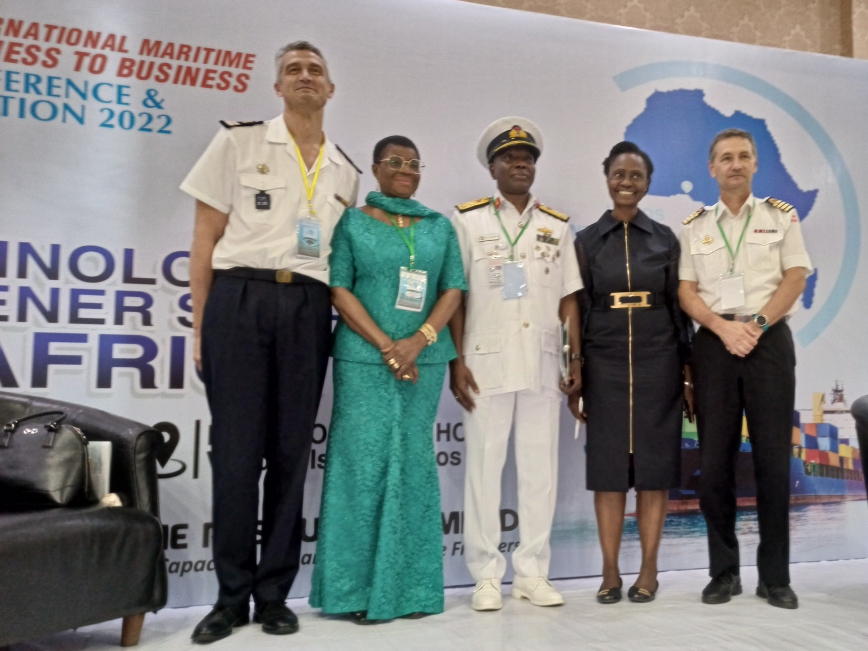
Shipping experts have highlighted ship ownership, port facilities as well as demand and supply market forces as major determinants for success under the African Continental Free Trade Area (AfCFTA) agreement.
This was highlighted at the Nigerian Association of Master Mariners (NAMM) 3rd Quarterly paper presentation at NAMM Secretariat in Apapa, Lagos on Saturday.
Speaking at the event, the Secretary General of the Memorandum of Understanding on Port State Control for West and Central African Region (Abuja MoU), Capt. Sunday Umoren, stated that Africa should be poised to make the best of the opportunities offered by AfCTA.
“The United Nations Economic Commission for Africa projects would double the maritime freight from the current 58 to 131.5 million tons. The time is now and African Union and other RECs need to be serious with maritime development by creating maritime desk and playing multifaceted roles like the EU for clear roadmaps with timelines and set millstones,” he said.
Umoren assured that the Abuja MoU Secretariat will continue to work with all relevant stakeholders, empower maritime administrations and Port Authorities to grow the maritime industry to optimize AfCFTA trade.
“Enormous investment in transport equipment and infrastructure will be required, including 100 more vessels, if the AfCFTA is fully implemented. The investments expected due to the AfCFTA also provide an avenue for a green economic recovery in Africa.
“I want to commend Association of Master Mariners and observers, present as well as other government and private sector stakeholders in their role in promoting trade and investment in AfricaAfrica,” he added.
Earlier, the President of NAMM, Capt. Tajudeen Alao, welcomed that participants as he reiterated the nation’s opportunities with AfCFTA agreement expected to increase intra-African freight by 28% and demand for maritime freight by 62%.
He noted that a significant increase in traffic flows is expected across all transport modes throughout Africa in the coming years.











